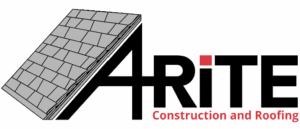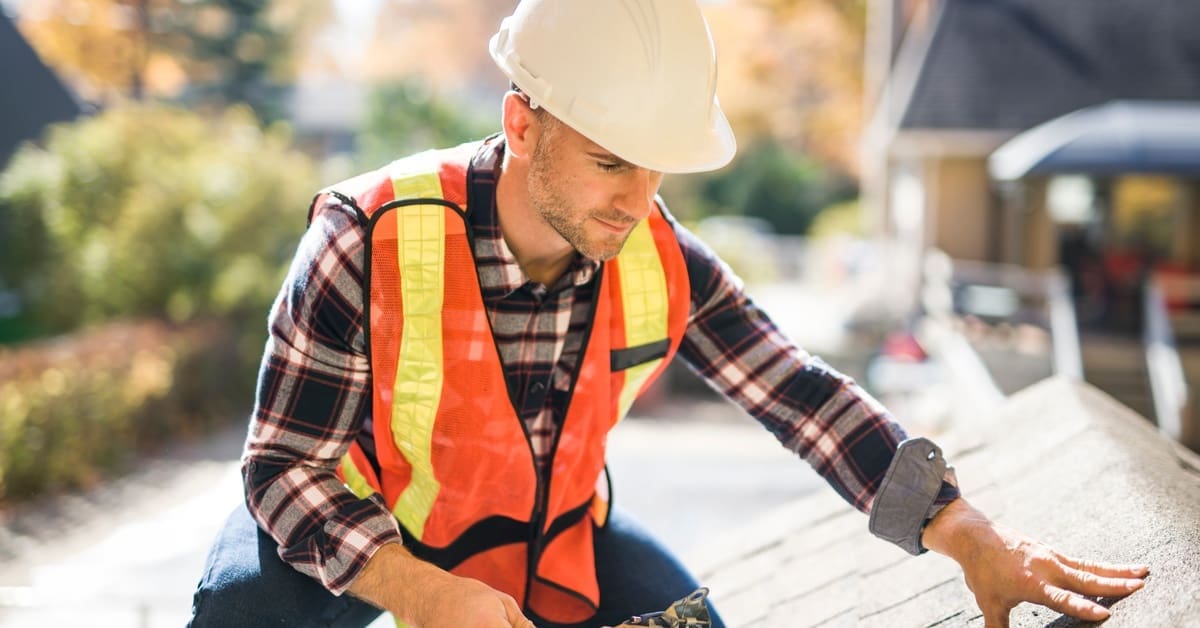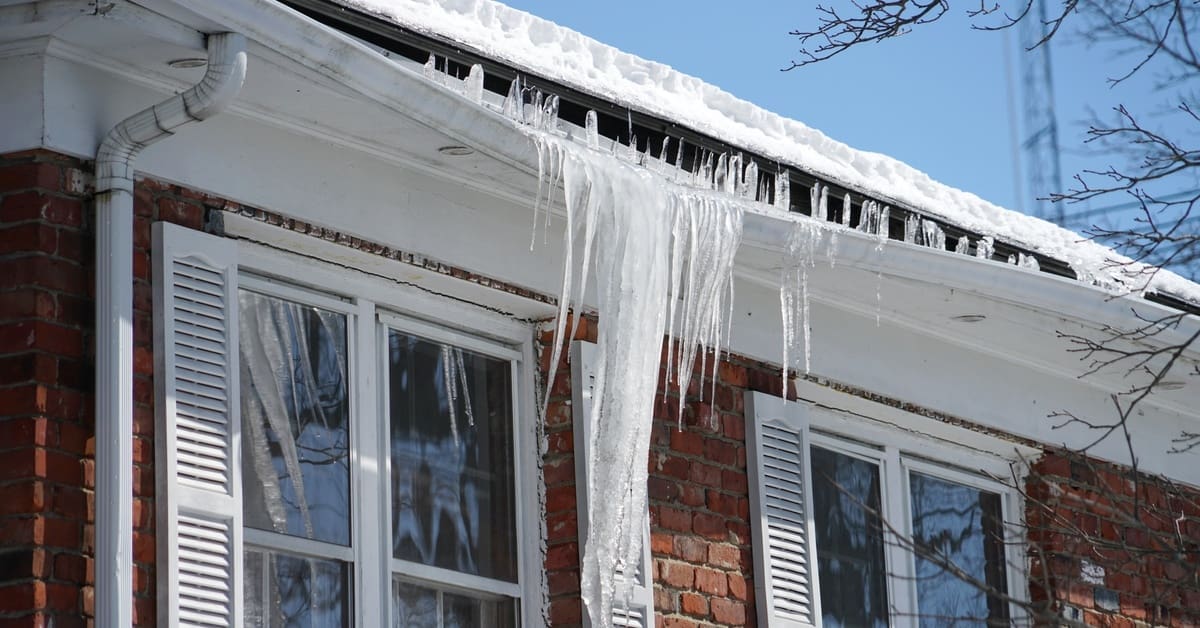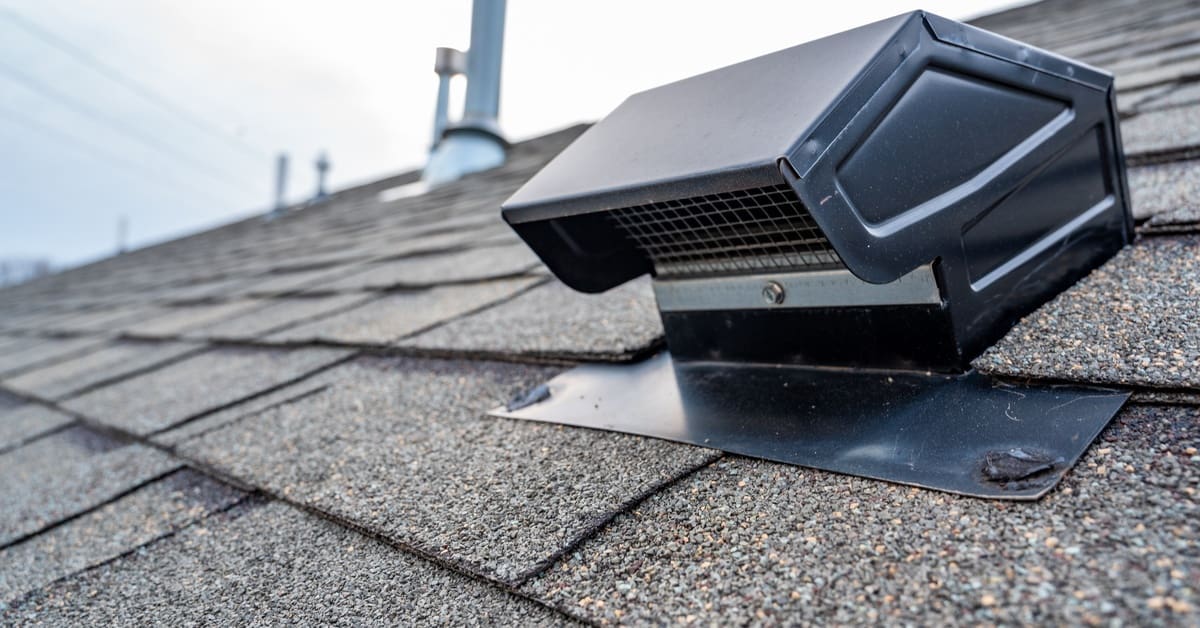Winter can be tough on your roof, especially in areas like Wausau, WI, where heavy snow, freezing temperatures, and ice storms test your home’s first line of defense. After enduring months of harsh conditions, your roof may have developed issues that aren’t immediately obvious. The end of winter is the perfect time to inspect your roof for any potential damage.
Regular professional inspections protect your home from leaks, mold, and water damage, all of which create expensive, long-lasting problems if left unchecked. Understanding the importance of roof inspections at the end of winter helps protect your property from costly repairs and maintain its value. Let’s explore the common signs of winter roof damage, the inspection process, and how to prepare your roof for the upcoming spring and summer weather.
Why Inspect Your Roof After Winter?
Winter damage isn’t always visible to the untrained eye. A missing shingle might be easy to spot, but cracks in flashing or early signs of leaks could go unnoticed if you don’t look closely. Cracked flashing allows water to seep underneath the shingles, which may cause slow leaks that don’t become apparent for months. Catching issues like these can save you significant money down the road. Fixing a minor leak or replacing a single shingle is far less expensive than addressing mold, rot, and structural damage that develops if left unchecked.
Spring often brings heavy rain that can worsen the condition of your roof if there are existing problems. Having a solid roof at the start of the season ensures your home remains safe and dry during downpours. Beyond immediate protection, maintaining your roof’s integrity helps preserve property value. A well-maintained roof protects not only your home’s interior from moisture damage but also significantly improves your home’s exterior aesthetics and curb appeal.
Spotting Roof Damage Inside Your Home
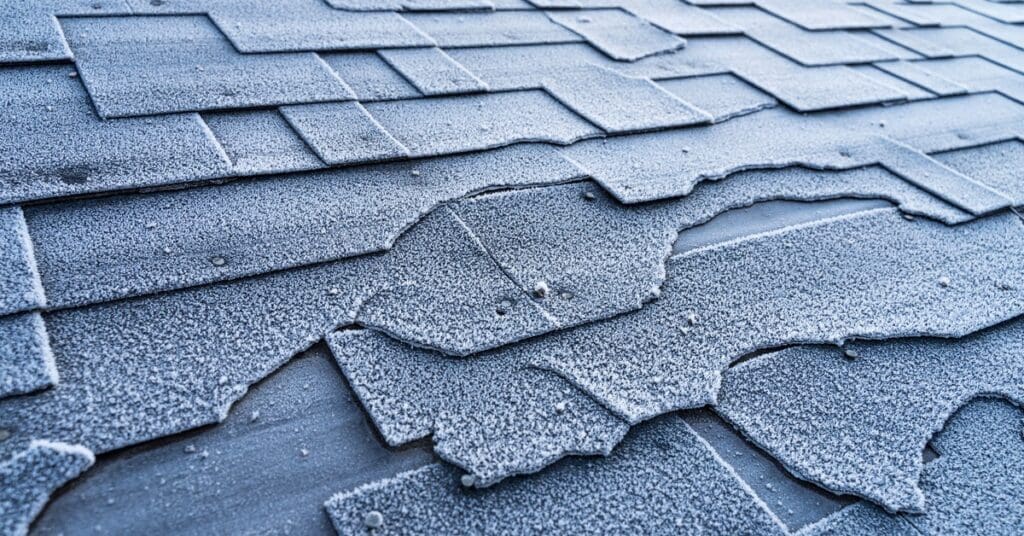
Sometimes, the first signs of roof damage appear inside your home. Start by checking your attic for any visible water stains on the ceiling or walls. If you notice any, it could indicate leaks from ice dams or cracks in shingles. In more advanced cases of water damage, it may show up as dark spots or discoloration on your ceiling.
Another red flag is sagging in the ceiling or walls, which can be caused by excessive moisture buildup. If you see mold or mildew growth, it’s likely a sign that water has been seeping into your home for a while. Address these issues quickly to prevent further damage and health risks like respiratory issues and allergies. The longer you wait to address these concerns, the more costly and complex the repairs may become.
Identifying Roof Damage Outside Your Home
While interior damage provides important clues, thoroughly inspecting your roof’s exterior for any visible damage is essential for a comprehensive inspection. Look for missing, cracked, or curling shingles, resulting from freezing temperatures, snow, or ice. Check for accumulated debris, especially around gutters and roof transitions. Winter storms often leave branches and debris that can puncture roof shingles or create water-trapping pockets.
Ice dams are one of winter’s most destructive forces on roofs. If you see icicles hanging from the edge of your roof, this could indicate that melting snow has refrozen, blocking proper drainage. Carefully inspect your gutters and downspouts. Gutters and downspouts clogged with leaves and debris lead to water backing up and seeping under shingles. These seemingly minor issues quickly escalate into significant problems once exposed to persistent spring rain.
How Contractors Inspect Your Roof
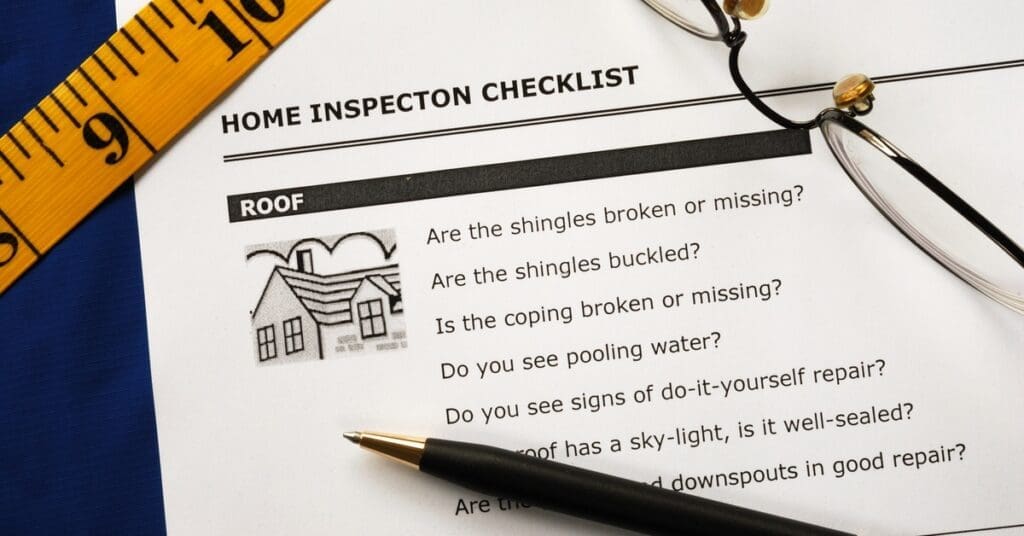
Although you may spot damage like water stains inside your attic or loose shingles outside, professional roofing contractors bring specialized expertise to uncover hidden problems. They have specialized tools to access areas that may be difficult for you to reach, such as the roof’s ridge or high spots. A contractor will examine your roof’s structure, including the underlayment, to ensure water hasn’t seeped in unnoticed.
Additionally, contractors will check your attic for insulation issues. Poor or insufficient insulation allows heat to escape from your home, which causes snow to melt unevenly and refreeze at the eaves, forming destructive ice dams. This leads to water backing up under shingles and leaking into your home.
Thorough professional inspections always include vulnerable areas, such as the flashing around your chimney, vents, and skylights. They use infrared cameras to look for moisture under your shingles that wouldn’t otherwise be visible to the naked eye. This expertise ensures that small problems are caught early, preventing more serious damage down the road.
Get Your Roof Ready for Spring
Once you’ve completed your roof inspection, it’s time to prepare your roof for the upcoming spring weather. Start by clearing any debris, like leaves and branches, from your roof and gutters. Regularly cleaning your gutters ensures proper water flow and prevents blockages.
Immediately repair or replace any areas that have signs of damage. Ignoring minor repairs can lead to more serious problems, such as water infiltration, mold growth, or structural damage to your home’s framing. Damaged flashing around vents, chimneys, or skylights allows water to seep underneath, causing slow leaks that may go unnoticed until the damage becomes severe.
When making repairs or performing upgrades, invest in high-quality materials. Asphalt shingles are designed to resist water damage, heavy snow, and strong winds. Properly installed gutters prevent water buildup that can lead to roof and foundation damage. By staying on top of regular maintenance and using quality materials, your roof will be better prepared for Wisconsin’s demanding seasonal transitions.
Protect Your Property With a Winter Roof Inspection
Understanding the importance of roof inspections at the end of winter is key to supporting the integrity of your roof. By catching potential issues early, you can prevent costly repairs down the line. A thorough inspection guarantees your roof is ready to face the challenges of the upcoming season.
For a professional, reliable inspection, turn to A-Rite Construction and Roofing in Wausau. Our experienced team will provide a comprehensive evaluation, identify any damage, and recommend the best solutions. Contact A-Rite Construction and Roofing today to schedule your professional end-of-winter roof inspection.

